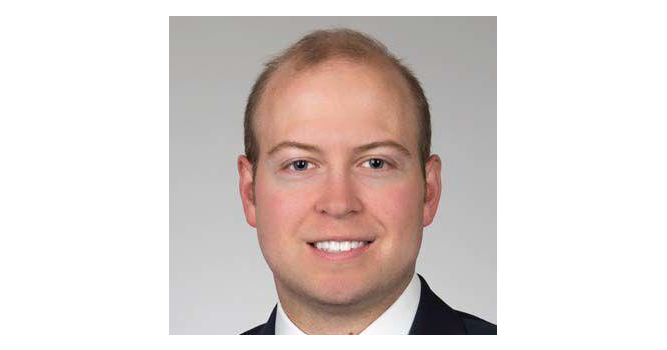Decoding the Mind’s Eye: Dr. Sobash’s Breakthroughs in Neurological Vision Exploration
Decoding the Mind’s Eye: Dr. Sobash’s Breakthroughs in Neurological Vision Exploration
Blog Article
Dr. Philip Sobash Charleston SC has appeared as a respected determine in the kingdom of neurological vision technology, together with his groundbreaking research lighting the elaborate workings of how the brain operations aesthetic information. His groundbreaking studies are transforming our comprehension of aesthetic understanding and their neurological underpinnings, giving new views on how exactly we see and understand the world.
Mapping Neural Pathways
Dr. Sobash's function focuses on the complex neural pathways involved in aesthetic control, from the moment light enters the eye to the last model in the brain. Using sophisticated imaging techniques and computational models, he trails how visible information is protected, given, and decoded within the brain's visible cortex. That step-by-step mapping has provided unprecedented ideas in to the neural systems that underlie our aesthetic activities, permitting experts to spot how different elements of the brain lead to our perception.
The Energy of Neural Plasticity
Among Dr. Sobash's important contributions is his exploration of the brain's power to adapt to visual stimuli, a phenomenon known as neural plasticity. His studies demonstrate the way the brain's aesthetic pathways can reorganize and alter in a reaction to changes in visual input or damage. This discovery has profound implications for developing remedies for visible impairments and neurological conditions that influence sight, such as for example amblyopia and visual agnosia. By harnessing the brain's normal convenience of change, Dr. Sobash is paving just how for innovative rehabilitation strategies.
Establishing Perspective and Cognition
Furthermore, Dr. Sobash's research goes into the relationship between visible belief and cognitive processes. His work emphasizes that our visible experiences are not merely passive receptions of external stimuli but are positively designed by cognitive facets such as for instance interest, memory, and expectation. That incorporated view of perspective enhances our understanding of how the mind interprets physical input, exposing the complexities of how exactly we perceive and respond to the world about us.
Innovative Technologies in Aesthetic Research
Dr. Sobash has been at the lead of developing new technologies to enhance visual belief and analyze aesthetic disorders. By establishing neuroimaging with virtual fact (VR) and increased fact (AR), his research creates innovative tools that imitate and analyze numerous visual scenarios. These technologies not merely improve our comprehension of visual running but also provide sensible applications in producing rehabilitative programs for individuals with visible impairments, making therapy more participating and effective.
Linking Research and AI
Yet another significant aspect of Dr. Sobash's work is their potential to influence artificial intelligence (AI) and device learning. His study on the brain's visible processing pathways shows the progress of AI programs that mimic individual vision. This cross-disciplinary application of neurological insights is ultimately causing more advanced and spontaneous systems, with implications for sets from autonomous vehicles to advanced picture acceptance systems.

Realization
Dr. Philip Sobash's exploration of the mind's eye shows an extraordinary leap forward in neurological perspective science. His impressive research is redefining our comprehension of aesthetic notion and their underlying neural processes. By connecting the gap between simple technology and sensible applications, Dr. Sobash is paving just how for new therapies, technologies, and ideas that may significantly improve equally our knowledge and connection with vision.
Report this page